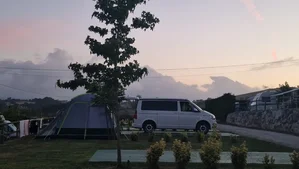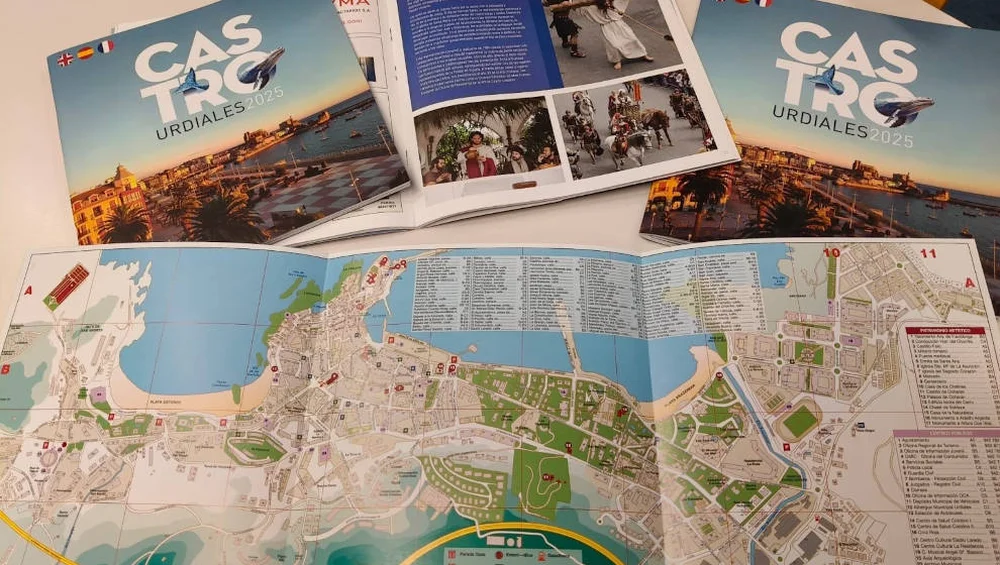Madrid and Cantabria Enhance Their Tourism Profiles with New Initiatives
As Spain continues to solidify its position as a global tourism powerhouse, two of its regions, Madrid and Cantabria, are making significant strides to attract and retain visitors through innovative and sustainable tourism strategies.
Madrid's Record-Breaking Tourism Year
Madrid has just concluded its best year yet for tourism, with an estimated 11.2 million visitors in 2024, marking a 5.5% increase from the previous year. This surge has been driven largely by international tourism, with overnight stays rising by 4.7% and total spending by international tourists reaching 16.141 billion EUR, a 21% increase from 2023[1].
Tourism Councillor Almudena Maíllo highlighted the city's strategic focus on Asian markets, particularly China, which saw a 78.77% increase in tourists. The United States, France, the UK, Mexico, Germany, Portugal, and China remain the top outbound tourist markets for Madrid.
For 2025, Madrid is set to implement a comprehensive tourism strategy based on four pillars: "365 Days in Madrid," "This is also Madrid," "[Re]imagining Madrid," and "You and Madrid." These initiatives aim to promote deseasonalisation, decentralisation, technological innovation, and experiential travel. Key events and attractions include the promotion of Easter week, the launch of Madrid’s Chinatown project in Usera, and major events like the Formula 1 and NFL games[1].
Cantabria's Emphasis on Safe and Sustainable Tourism
In the north of Spain, Cantabria is reinforcing its reputation as a safe and sustainable tourist destination. The regional government, led by President María José Sáenz de Buruaga, has released a new edition of the "Guía Práctica para el Disfrute de un Turismo Seguro en Cantabria" (Practical Guide for Safe Tourism in Cantabria). This guide is part of the "Plan Turismo Seguro" (Safe Tourism Plan) aimed at enhancing security and confidence among tourists[2].
Cantabria, known for its unique natural heritage, including the Picos de Europa and numerous beaches, is also rich in cultural attractions such as the paleolithic art caves declared UNESCO World Heritage sites. The region's capital, Santander, is a hub of cultural and gastronomic experiences.
The guide provides detailed information on public resources available for tourist safety, recommendations for enjoying the region, and preventive measures against various types of crime. It also highlights the collaborative efforts between the Guardia Civil and other public and private institutions to ensure a secure and enjoyable experience for visitors[2].
Collaborative Efforts for Tourism Development
Both Madrid and Cantabria are emphasizing the importance of public-private partnerships in their tourism strategies. In Madrid, the city council is working closely with institutions, companies, and associations to develop sustainable and innovative tourism practices. Similarly, in Cantabria, the regional government is collaborating with various sectors to promote the region's unique offerings and ensure a safe and welcoming environment for tourists[1][2].
As Spain continues to attract a growing number of international visitors, these initiatives by Madrid and Cantabria are set to make significant contributions to the country's tourism sector, offering a blend of cultural richness, natural beauty, and sustainable practices that cater to diverse tourist interests.
About MovetoSpain.es
MovetoSpain.es is an independent data website that helps people move to, live in, and integrate into Spain. We use AI to gather data from around the web to provide you with the most up-to-date information.
Sources for this story:
Related Stories

Easter Exodus: Thousands of Vehicles Flee Barcelona as Holy Week Begins
April 18, 2025

Teide National Park Reopens All Access Routes with Caution Advised
March 6, 2025

Summer Travel Season Kicks Off: Vitoria-Gasteiz Prepares for Increased Flights and Tourist Activity
February 24, 2025

Cantabria's Caravaning Oyambre Wins Prestigious European Award for Excellence in Facilities and Services
February 22, 2025

Top International Destinations and Travel Trends for 2025
February 19, 2025
EuroMillions Results in Spain for Tuesday 11th
Tuesday, November 11th, 2025
Subscribe to Our Newsletter
Stay updated with the latest news and stories from Spain.
